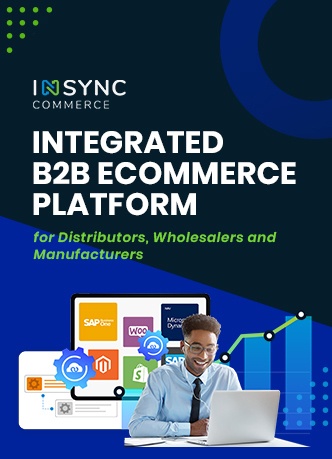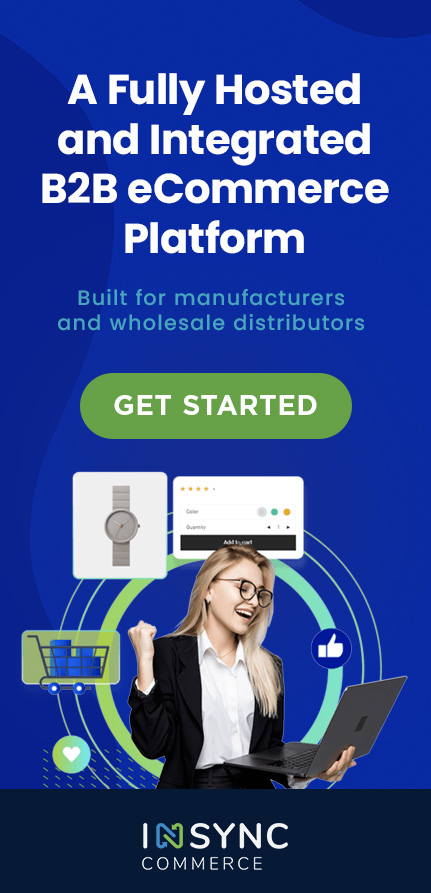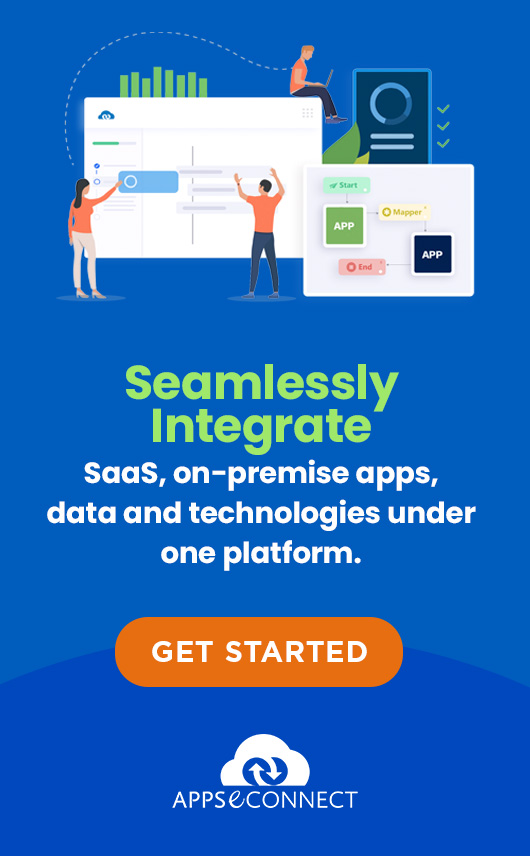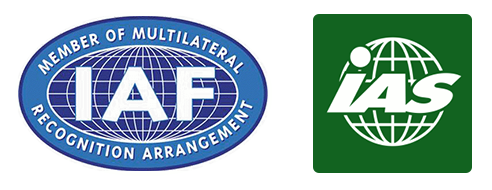
A payment gateway (PG) helps you collect money from the customer when they are ready to pay. Other than Cash on Delivery (COD), all payment methods are pre-paid, which means customer ‘pays’ for the goods before they are shipped. In India, these payment gateways are popular: CCAvenue, EBS, DirecPay, PayU, ICICI PaySeal. Given that PG scene in India is very bad (reliability and time-to-market issues), there are many startups trying to solve this problem: zaakpay, citruspay.
It is important to understand the basics of payment processing for everyone who runs an online retail store. Here are the steps followed between a user electing to pay using a credit card (see Wikipedia for more detailed steps) and you receiving money in your merchant account:
- Merchant (you) redirects the user to the payment gateway page to collect card details.
- PG collects card details and sends it to the appropriate network (Visa, MasterCard, American Express, Diners Club, etc.) for authorization.
- Network contacts the issuing bank (the bank which has issued the credit card to the customer) and puts a ‘hold’ on the amount asked by merchant. Hold means that this amount is not available to the user in their credit limit. Money is still not withdrawn from the account.
- Network responds to the PG with the status of this authorization. Assuming it is success, PG returns success to the merchant.
- Merchant shows success to customer and starts fulfillment (delivering the order goods) process.
- When goods are shipped, merchant sends ‘capture’ message for the authorized transaction which debits the money and credits the PG account.
- PG will deduct its fees and deposits the money to acquiring bank account (Merchant’s bank account where money needs to be deposited), usually after 2-7 days.
In case of Debit card and Netbanking, step 4 debits the account immediately.
While all payment gateways will get the basic job done, here are the key things to check before settling on a payment gateway:
- Coverage: Netbanking support usually varies across PGs (since this requires direct integration with bank) – CCAvenue seems to have the best coverage. Alternative payment methods like cash cards like ItzCash, new payment methods like gharpay have small coverage but will become important in future, and it is good to pick a PG which offers these (or plans to offer).
- Fees: There are different types of fees at play: one-time fee for setup, annual fee for maintenance etc., and most important, per transaction fee (TDR: Transaction Discount Rate). Rates can vary from 2-8% of the transaction.
- Setup time: Paperwork takes lots of time (3 week is what is told officially), so be ready for delays. It is best to ask a few merchants who are using the PG under consideration
- Cash-to-account: In step 7, different PG takes different times. For example, according to their FAQ, EBS deposits within 24-48 hours, while CCAvenue will settle weekly. If cash flow is an issue, make sure you look into these times.
- Reliability: In general, Indian PG are much less reliable than outside. According to IRCTC data (since IRCTC handles such a large volume of transactions daily, and they use multiple gateways, their internal data is a good benchmark for PG industry in India), only 75% of credit card transactions were processed successfully. This means that 1 out of 4 customers using credit card will see a payment issue. Individual PG will have their own numbers to tout, but be sure to ask their customers
- Availability and Support: A PG needs to be available 100% of the time. Sadly, infrastructure for PG in India hasn’t reached that stage, and hence you will see planned and unplanned outages from the PG. It is important to know these details. Similarly, quality of customer support in case of issues is critical.
To address #5 and #6, one of the options employed by large ecommerce site is to use multiple payment gateways and choose best fit for a given transaction. This is costly (in terms of development and integration effort as well as setup and maintenance fees) but might be well worth the effort depending on business criticality.
Choosing a Payment Gateway is a key decision for your online store and it must be done after due diligence.










